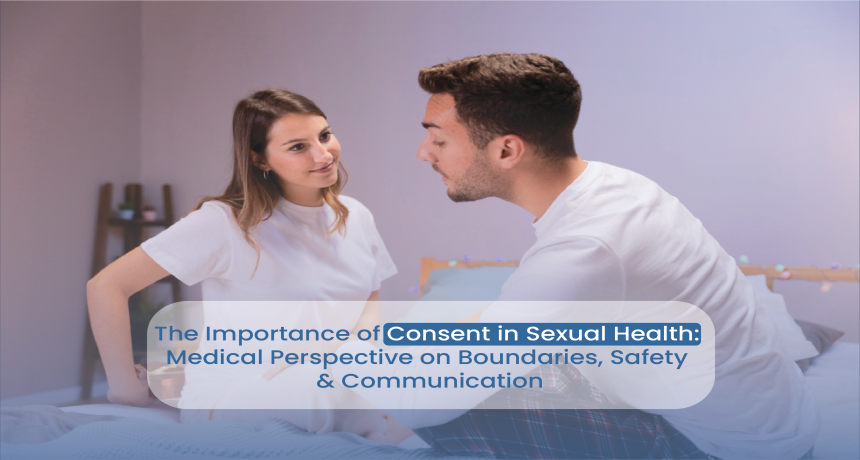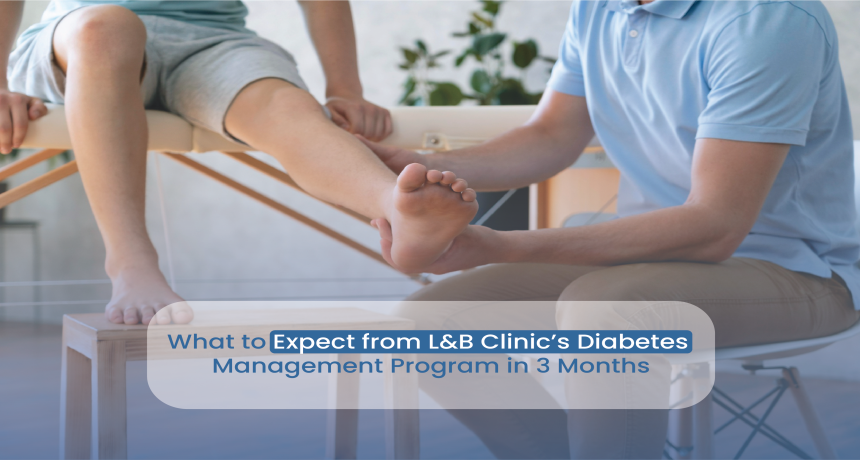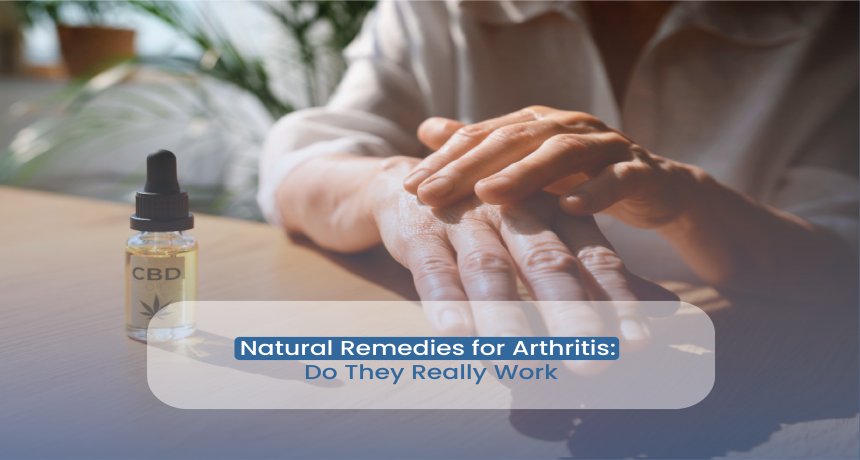The Importance of Consent in Sexual Health: Medical Perspective on Boundaries, Safety & Communication
2025-07-29 In contemporary medical practice, the conversation around sexual health is incomplete without addressing consent. As healthcare providers, it is essential to recognize that consent is not merely a social or ethical issue—it is a clinical necessity for promoting safe, respectful, and trauma-informed care. At L&B Clinics, our integrative sexual wellness approach includes routine evaluation of a patient’s physical, emotional, and relational dynamics. Understanding, affirming, and teaching sexual consent plays a vital role in preventing sexual dysfunction, trauma, anxiety, and communicable infections. This article outlines the clinical importance of consent, its implications on health outcomes, and how healthcare providers can help patients establish and navigate sexual boundaries. Defining Sexual Consent in Clinical Terms Sexual consent is defined as an explicit, informed, and voluntary agreement between individuals to participate in sexual activity. From a medical standpoint, the absence of clear, ongoing consent increases the risk of: Sexual trauma and PTSD Transmission of sexually transmitted infections (STIs) Genitourinary injuries due to forced or non-consensual intercourse Long-term dysfunction in sexual and relational health Medico-legal frameworks now emphasize consent not only as a moral or legal right but as an element central to public health and disease prevention. Voluntary: The patient or partner must be capable of making decisions without coercion, manipulation, or pressure. Informed: The individual must understand the nature of the sexual activity, including associated risks (e.g., STI transmission). Ongoing: Consent can be withdrawn at any time. Continuous communication is necessary, especially when the act involves new boundaries or health risks. Cognitively Competent: Consent is invalid if the individual is under the influence of intoxicants, unconscious, or has impaired decision-making capacity. The Link Between Consent and Physical Health Outcomes Lack of consent or misunderstandings around it can result in measurable health consequences. Studies published in The Lancet Global Health and BMJ Sexual & Reproductive Health link non-consensual sexual activity with: Elevated risk of HIV and HPV infection Increased incidence of chronic pelvic pain, dyspareunia, and vaginismus Delayed help-seeking behavior in cases of STIs Higher rates of depression, anxiety disorders, and sexual dysfunction Understanding and promoting informed consent is thus essential in clinical risk assessment and intervention. Examples of Clinically Relevant Consent Scenarios As healthcare providers, it's vital to guide patients with real-life examples. Consider these case-based illustrations: Discussion: Many women report painful sex post-childbirth but continue intercourse due to marital expectations. Educating the patient and partner on consent and vaginal recovery timelines can reduce trauma and support healing. Discussion: While the patient uses PrEP for HIV prevention, they report not discussing condom use with casual partners. Counseling on mutual consent, STI risk disclosure, and dual protection strategies is essential. Teaching Consent in Adult Patient Education Despite consent being fundamental to care, most adults in India lack formal education in this area. At L&B Clinics, we routinely assess patients’ understanding of: What constitutes consent and boundary violations How to ask for and give consent clearly How to identify coercion—even in longstanding relationships Patient counseling sessions on healthy sexual communication Pre-marital and postnatal sexual health evaluations with consent education integrated Couples therapy addressing mismatched libido, coercion, or trauma history Consent in the Context of STI Prevention and Sexual Safety From a public health standpoint, consent is integral to reducing STI transmission: Unprotected sex without disclosure of infection violates both legal and ethical standards of informed consent. Patients with known conditions (e.g., HIV, HPV, Herpes) must be counseled on how to communicate risks to partners. Barrier methods (condoms, dental dams) should be discussed within the framework of consensual, informed sexual choices. Clinicians must also assess consent dynamics when treating survivors of sexual abuse, LGBTQ+ patients, or adolescents seeking reproductive guidance. Incorporating Consent into Clinical Encounters At L&B Clinics, we emphasize the following practices across all departments: Never assume consent based on relationship status. Ask: “Are you currently comfortable in your intimate relationships?” or “Have you ever felt pressured into sexual activity?” When discussing procedures (e.g., pelvic exams, STD testing), always explain the purpose, steps, and the patient's right to stop. Particularly for adolescents, LGBTQ+ individuals, or survivors, consent must be paired with clear confidentiality protocols. India’s Legal Perspective on Sexual Consent India’s legal framework under Section 375 of the Indian Penal Code (IPC) defines rape as non-consensual intercourse. Recent rulings now recognize marital rape as a serious concern, especially in relation to physical and emotional health. Healthcare providers must recognize that: Marital status does not negate the requirement for consent. Patients have the right to refuse sexual activity, even in legally binding relationships. Lack of physical injury does not mean consent was present. Consent, Boundaries & the Role of the Clinic As a sexual health clinic in Delhi, L&B is committed to promoting consent education as a clinical imperative: Our Sexual Wellness Program includes modules on consent, intimacy, and emotional safety. We train clinicians to assess consensual dynamics in every sexual health case—from libido loss to STD risk exposure. Couples or individuals can book consultations to rebuild trust, communicate needs, and practice healthy consent through guided counseling. Conclusion: Consent Is a Clinical Standard From a medical standpoint, consent is not just a concept—it is a clinical standard, essential for health, safety, and autonomy. As India continues to evolve its understanding of sexual health, it’s time to embed consent in every patient conversation, not just in law books or awareness campaigns. At L&B Clinics, we treat consent not as an optional discussion—but as a diagnostic marker of emotional, relational, and physiological well-being. If you or your partner are navigating questions about intimacy, boundaries, or consent, we’re here to listen, educate, and support. References The Lancet Global Health – Sexual Violence and Health Outcomes (2020) WHO – Sexual and Reproductive Health Framework for Consent BMJ Sexual & Reproductive Health – The Role of Consent in Sexual Dysfunction Indian Penal Code Section 375 – Definition of Consent and Sexual Violence Mayo Clinic – Trauma-Informed Gynecological Practice Journal of Adolescent Health – Consent and STI Risk BehaviorConsent as a Core Component of Sexual Health

What is Valid Consent?

Case 1: A married patient with dyspareunia
Case 2: A young adult on PrEP therapy

Clinical tools we use:

1. Trauma-Informed History Taking
2. Medical Documentation and Informed Consent
3. Confidentiality Assurance

.png)















